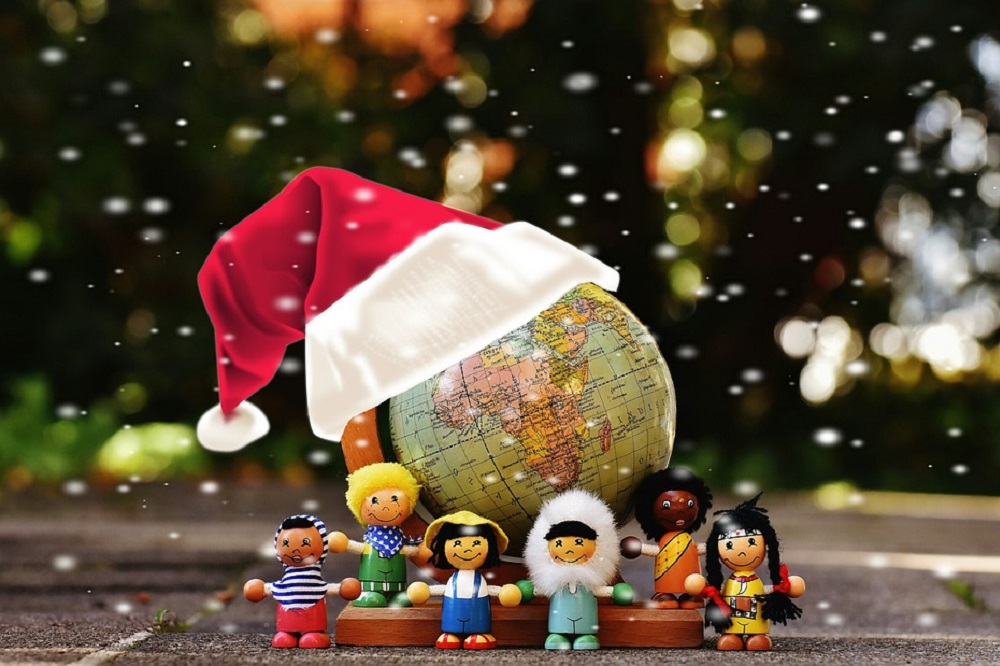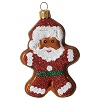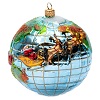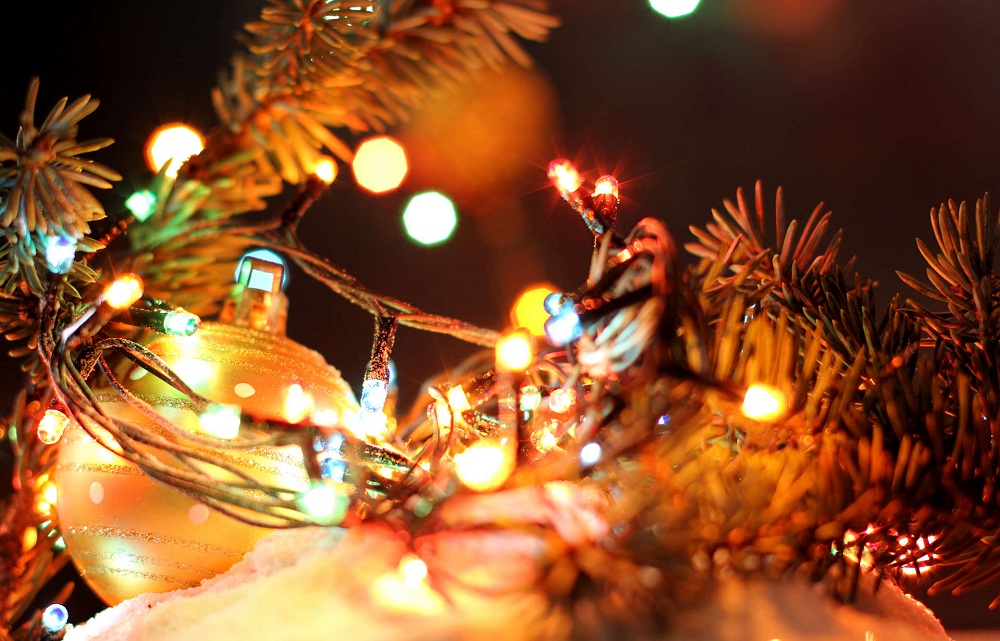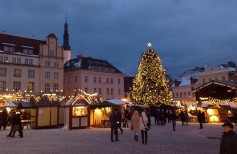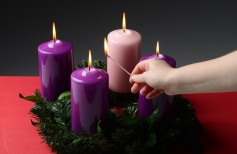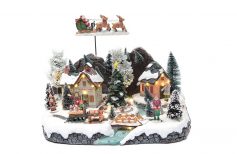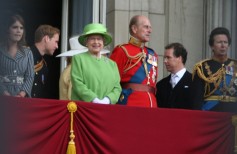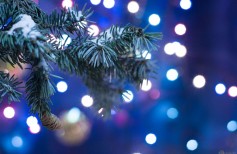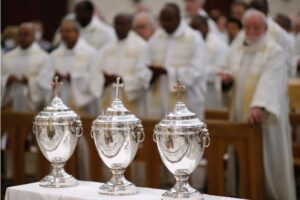Contents [hide]
Christmas is perhaps the most famous holiday in the world. It was born in a religious setting, as celebration for Jesus’ birth, the son of God made man, and with this meaning it is celebrated in all Christian Catholic countries, and protestant and orthodox, with some variations in the date for what concerns the latter.
As a general line, Christmas is on December 25th, the day of the winter solstice, the same day when, in the past, the rebirth of the Sun was celebrated.
Regarding the ways Christmas is celebrated in the various countries of the world, their variety is such that it is very hard to connect them all to just one holiday. Throughout the centuries, in every country, multiple habits have grown, some coming from ancient beliefs and local legends, mixed with the Christian cult, while others are the outcome of cultural contaminations among different people, heritage of old and recent migration flows. Today, if we look at how Christmas is celebrated in our country, we can immediately see that many of the traditions we are used to have few or nothing to do with the religious holiday, with the spiritual feeling that it should carry.
It is true anyway that, as we discussed in other articles, the image of Santa Claus, the decorated spruce, the luminaries, all have their roots in beliefs that are connected to religion, but it is also undeniable that, too often, this magical, colorful dimension, and unfortunately the consumer aspect of Christmas, risk taking over the true meaning that this holiday should have for believers.
Among all holidays, Christmas is the one that celebrates the presence of God the most. It’s a holiday that comes at the peak of a wait, the eager wait of those who believe and discover that God is not far anymore, but he made himself a man and chose to live among His sons, to bring them an eternal hope. The period before Christmas should be dedicated to prepare your heart to receive the Lord, not just to buy gifts and decorate your house.
That’s exactly so in many places.
In some countries the preparations for Christmas begin with large advance. Houses and streets are decorated; there are parties, parades, shows. Many countries celebrate holidays for particular beloved and adored Saints, such as Saint Lucy in Scandinavian countries, or Saint Nicholas in Germanic countries. In other countries Christmas and the weeks before that are all dedicated to Baby Jesus, to whom prayers, songs, novenas and fasts are addressed. The tradition of gifts exchange is common anywhere, but it’s not always Baby Jesus who brings them, sometimes it’s the Wise Men, or Saint Nicholas, or other characters.
We thought it could be interesting to find out some of these traditions spread all over the world together. Some you’ll find very curious, others will maybe help us live our Christmas with a bit more attention to its deepest and spiritual meaning.
Not only Santa Claus: Northern traditions
In Northern countries there are many fascinating traditions connected to the Christmas time.
In Germany the celebrations begin already at the end of November, with the celebrations connected to Saint Martin. On November 11th there are parades of kids along the streets that carry lanterns in their hands to light up the way for the Saint. That same light is brought where it’s usually missing, like cemeteries.
On December 6th German and Austrian kids wait for Saint Nicholas, the saint that inspired the character of Santa Claus. Saint Nicholas brings gifts and especially sweets to good kids, who dedicate poems and songs to him in exchange. According to the tradition, gifts will be placed inside the shoes that kids leave next to the window on purpose, but this nice custom has a creepy counterpart. In fact, Saint Nicholas has a helper, a demon similar to a horrific goat called Krampus. While the Saints reward the good ones, Krampus takes the bad kids away. That is why, close to December 6th, men dressed up as Krampus walk around admonishing kids so that they behave well, threatening to take them away with their chains. German children better be good!
On December 24th children wait for Christkind’s arrival, Baby Jesus who brings them gifts under the Christmas tree.
In Scandinavia celebrations begin earlier than Christmas as well. A very popular holiday is Saint Lucy, on December 13th in Sweden, Denmark and Norway, and it marks the beginning of Christmas celebrations. Saint Lucy is known to be the protector of light, because it is said that she secretly brought food to the Christian hidden in catacombs, lighting her way with just one candle tied to her forehead to have her hands free.
That is why in Scandinavia young girls wear a crown of candles on their heads and white clothes, and offer sweets to relatives and friends.
Another much cherished event in all Scandinavian countries is the celebration of the Advent, that is, the 24 days preceding Christmas. In every house there is an Advent Wreath, with four candles that are lit one after the other on the four Sundays before Christmas, or an Advent candle, decorated with 24 signs, one for each day. Children often receive an Advent calendar, with 24 slots that hide a sweet or a small surprise. On Christmas Eve they gather to celebrate eating good food, singing songs and exchanging gifts under the tree. The Christmas tree is a very cherished and loved tradition: in Sweden it is decorated mainly with ornaments made of straw, red, pink and white flowers, spicy sweets; in Denmark there are red balls, Danish flags and lights, and possibly real candles. Finland, where it is said Santa Claus lives, is particularly tied to this magic and good natured character that brings gifts to children on his sledge during Christmas night. Curious fact: it is believed in Denmark that the night of December 24th some witches sneak into the houses to steal brooms, and that is why, before going to bed, everyone hides all the objects needed for cleanings!
Great Britain and Ireland attribute great importance to Christmas. Houses and streets are decorated since the beginning of December; children receive the Advent calendar and, on Christmas, wait for the gifts brought by Santa Claus. In Ireland he is still called Saint Nicholas. Besides the multitude of lights and candles that decorate houses and are symbols for wait and faith, Irish people use to place a big white candle next to the door or on the windowsill and have it lit on Christmas Eve by the youngest child. It is a way to welcome Joseph and Mary, to give them a reference point in the dark of night and let them understand that they are welcome in that house and family.
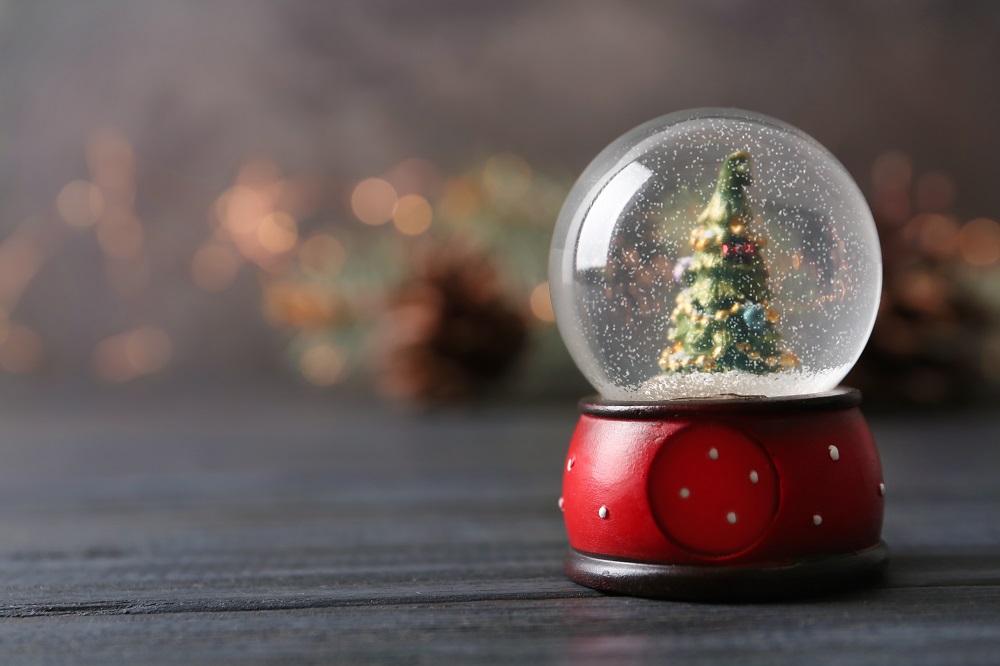
Spain, South America, Africa and Philippines, all the warmth of Christmas
In the countries under Spanish and Portuguese domination there are many Christmas traditions of great spiritual suggestion.
In Spain the real holiday is on January 6th, when the Wise Men arrive to worship Jesus and bring him precious gifts. In Spanish cities there are parade floats that evoke the long trip made by the Wise Men to get to Bethlehem. Sweets and candies are thrown from the floats and children pick them up; on the night of January 6th, friends and relatives exchange gifts. Curious fact: the Nativity scene in Catalonia hides a surprise. Among the shepherds that run to celebrate Jesus birth there is the “Caganer”, a shepherd with his pants down and crouched in an unmistakable position! It is said to be a great lucky charm.
In Mexico and other Latin American countries the Advent period, especially the nine days before Christmas, are characterized by the so-called Posadas. They are processions and religious representations that evoke the journey of Mary and Joseph towards Bethlehem, and their vane pursuit for an accommodation (in Spanish “accommodation” is called posada). During the nine days before Christmas, families alternately celebrate a Posada in their own house with common prayers, and at the end they celebrate offering sweets and fruits to the children. It is a poetic way to get ready and welcome the Sacred Family and to celebrate the birth of the Savior in their own home, with their beloved ones. Symbolically, welcoming Mary and Jesus in their homes, they welcome the coming of Jesus in their souls. That is way the soul has to be adequately prepared.
In Colombia, on December 7th, the day before the Immaculate Conception, people celebrate the Day of the Candles, which represents the beginning of Christmas holidays. Streets, yards, balconies are lit by thousands of candles and paper lanterns. All that light is to celebrate both Mary and the Immaculate Conception, and the beginning of the wait for Jesus’ birth. Nine days of prayers around the Nativity or the tree precede Christmas. In those days of the Novena people try to teach kids about the true meaning of the Holiday, on what the birth of Jesus meant for all men. On Christmas Eve the Midnight Mass is celebrated, and Baby Jesus brings gifts to those who deserve them. Before going to bed they eat ajiaco, a typical dish made of potatoes, chicken and almonds, and drink sabajòn, a typical drink with milk and eggs, but also tequila, wine and whiskey.
In Venezuela, from December 31st to February 2nd, the Paraduras take place; they are celebrations dedicated to Baby Jesus that originated from the episode where he was lost and then found in the Temple. It is a popular and heartfelt holiday, celebrated with processions where the main character is Baby Jesus.
In El Salvador on the contrary, the main characters of Christmas are the shepherds, first witnesses of Jesus birth, and the first ones to worship him. It is a feisty occasion, celebrated with dances and songs, some sort of sacred representation of Nativity, full of rhythm and life, interpreted by people wearing costumes of the Nativity characters.
Also in Costa Rica celebrations go from December 1st to February 2nd, commemorating the Nativity and the introduction of Jesus at the Temple. Forty days after Jesus birth they celebrate the Candelero, with solemn processions and lighting of candles, symbols for light and salvations.
In Ethiopia they celebrate the birth of Jesus with the Ganna on January 7th. It is a religious holiday, which involves a fast and the participation to the morning mass all dressed in white.
In the Philippines they begin preparing for Christmas already in September! Houses and streets are decorated and filled with bright lights, and there are shows, feasts and processions with songs. From December 16th to 24th they celebrate the beginning of the Holidays with a Novenario, nine night masses called “Gift Masses” or “Roster Masses”. On January 6th, when the Wise Men arrive and bring gifts to children, the holidays are over.
Hungary, Romania, Poland: Eastern Christmas
On December 6th Saint Nicholas, or Mikulàs, brings sweets to Hungarian children. Only to the good ones, of course… On the Eve, called Holy Night, they decorate the tree altogether with their family, using sweets wrapped into shiny paper and knick-knacks. Baby Jesus brings gifts to children under the tree.
In Poland the dinner on Christmas Eve is very important, and includes 12 servings, as 12 were the Apostles! They usually fast all day, and there is no meat served, but only light food, such as fish and vegetables. Before dinner they read the Bible, sing together, and pass the Oplatek, the Christmas host, eating a small bit before giving it to the one sitting next. A small bite of Oplatek is given to pets as well. It is a way to celebrate the sense of sharing and reconciliation that should be associated with Christmas, a symbol for harmony and union with the closest ones.
In Romania there are many traditions connected to Christmas, some have a religious origin, others historical, or legendary or folkloristic. Sometimes the two worlds mix up, as it happens for Saint Ignatius on December 20th. It is Moş Nicolae, “Old Nicholas”, the one that brings gifts to Romanian children on the night between December 5th and 6th. As it happens in Germany, gifts are put in the shoes left outside the house. On the night between December 24th and 25th, it is Moş Crăciun that brings gifts, who is some sort of Santa Claus.
Curious fact: in Ukraine some use spider webs as Christmas decorations. In fact, it is widely believed that they are lucky charms! In Serbia, children “kidnap” their mothers and ask gifts as ransoms, which are opened two weeks before Christmas.

